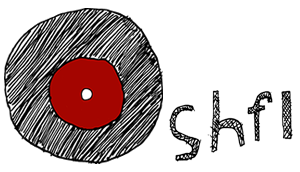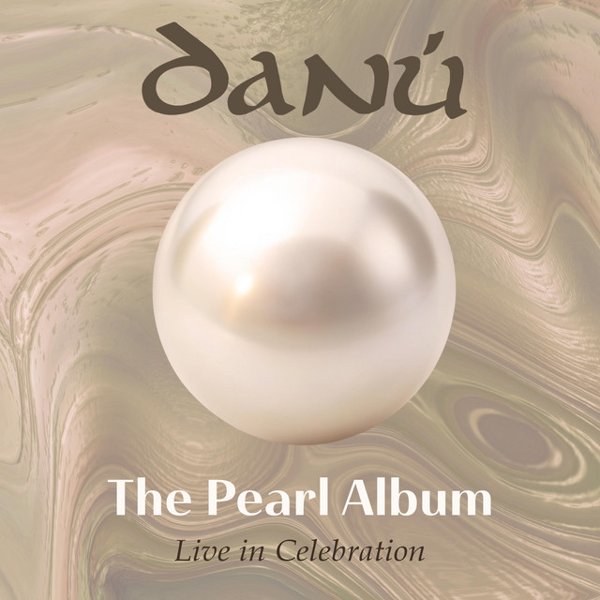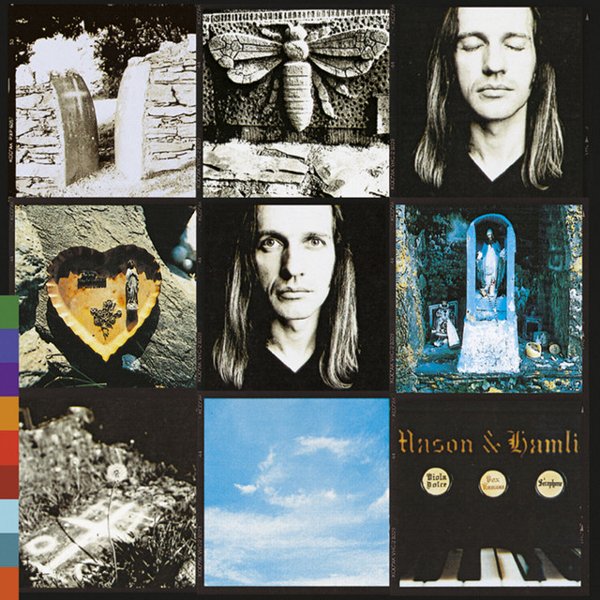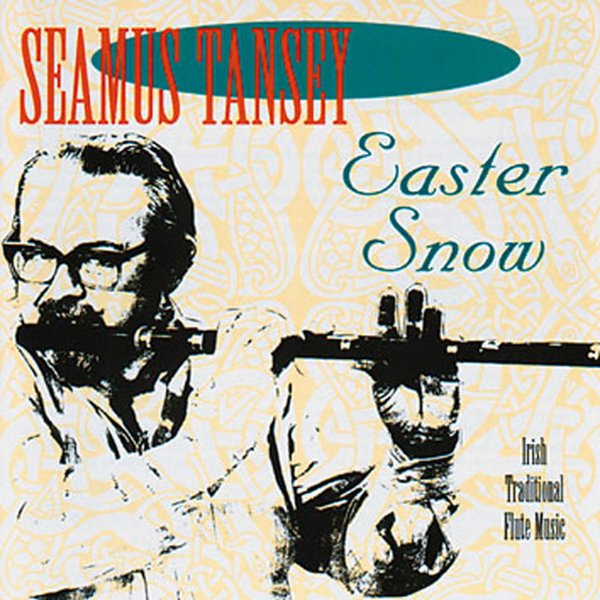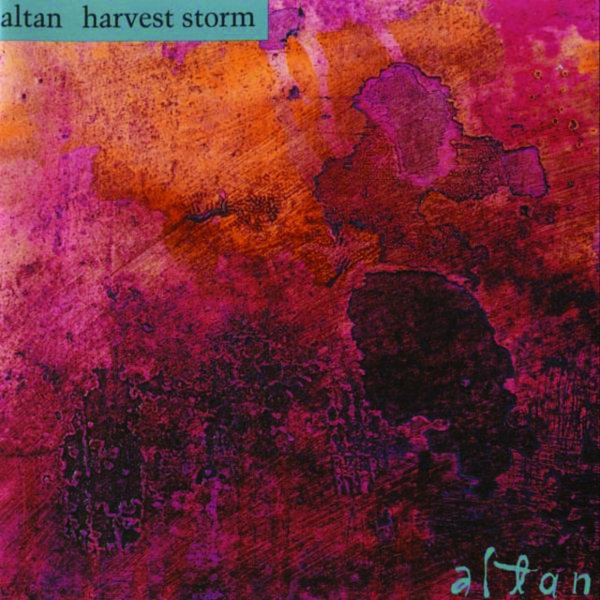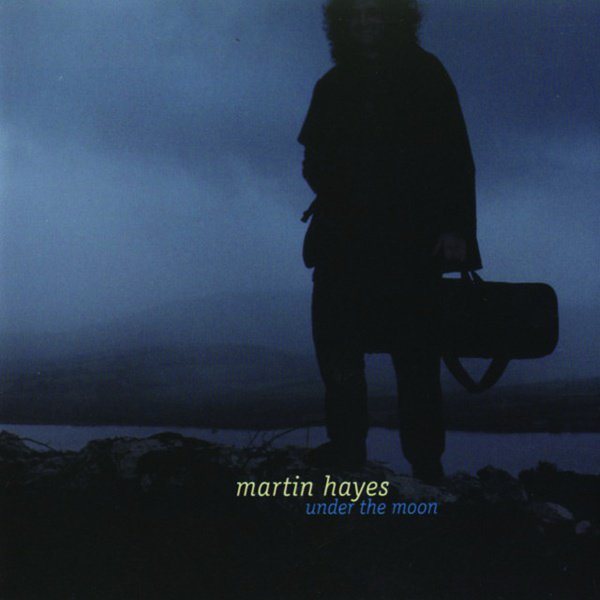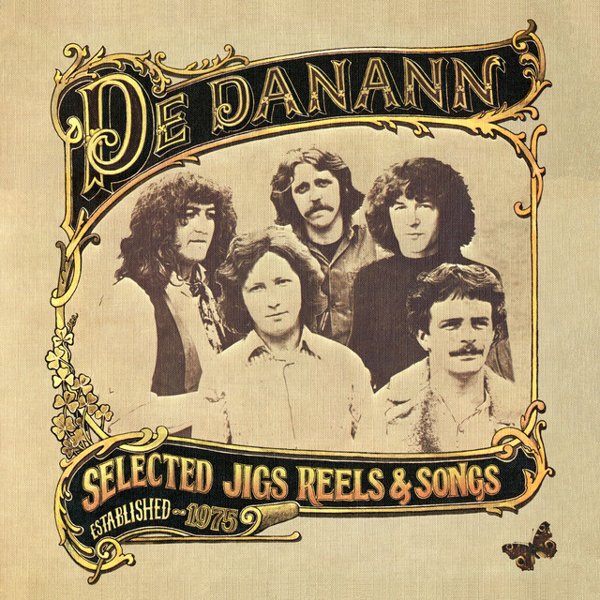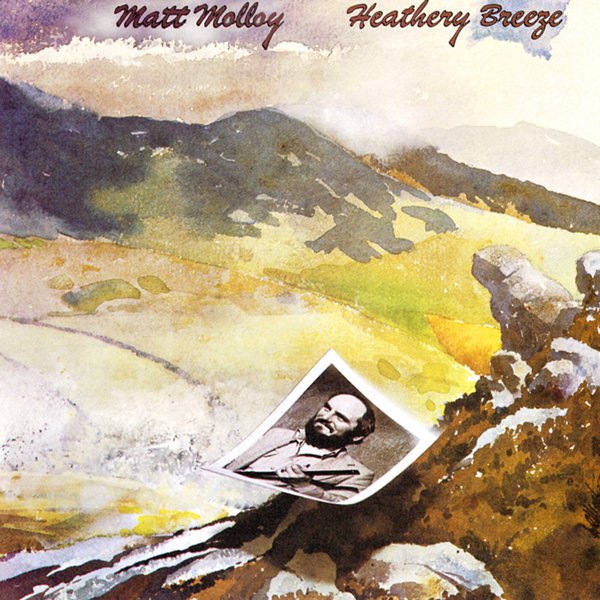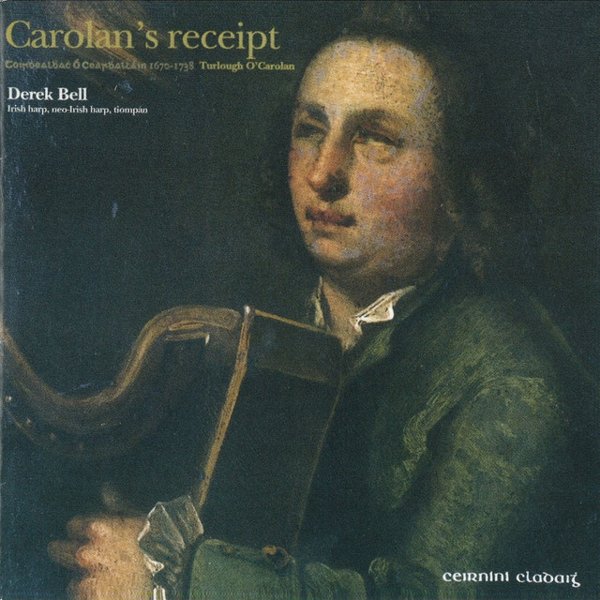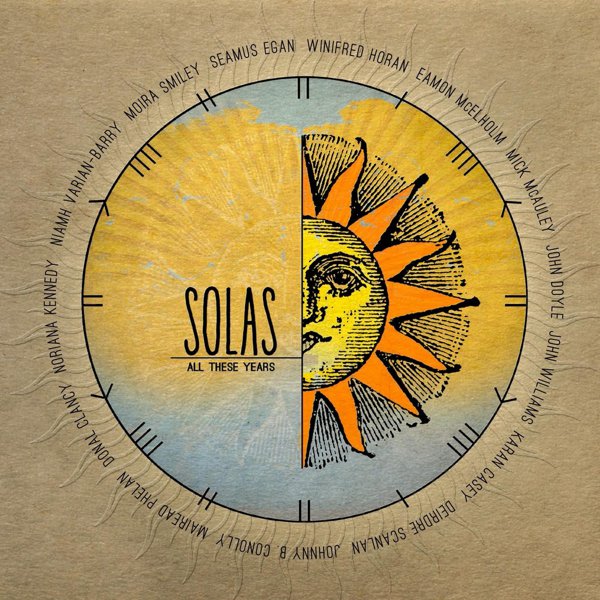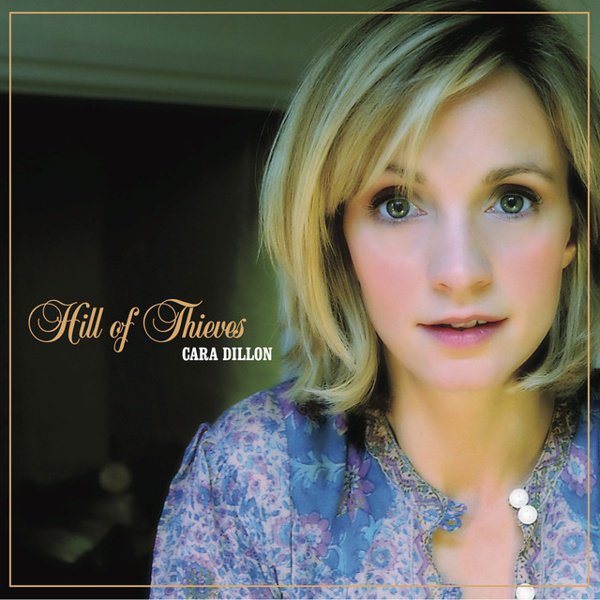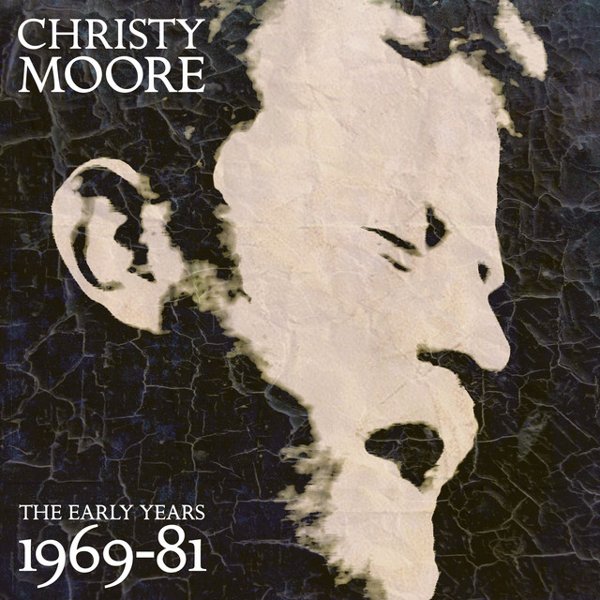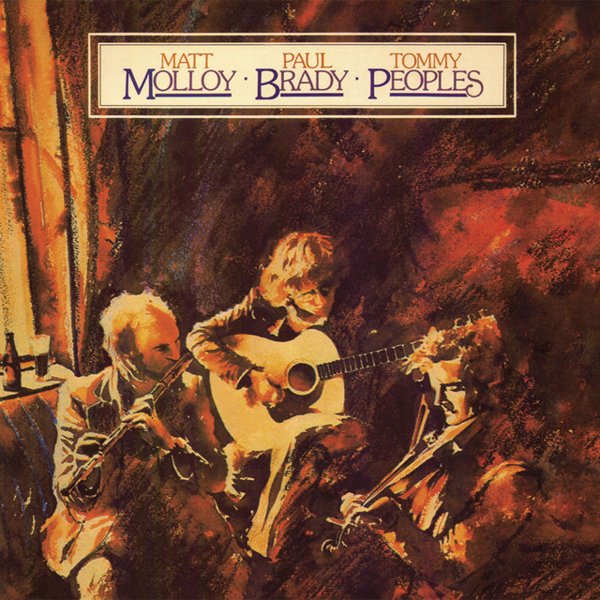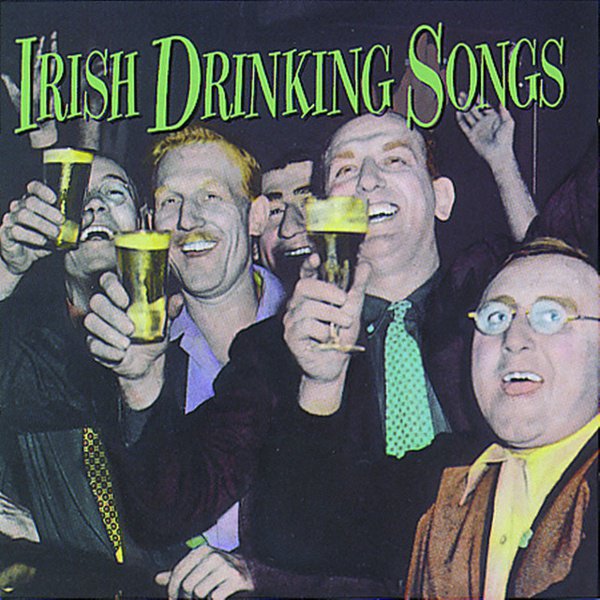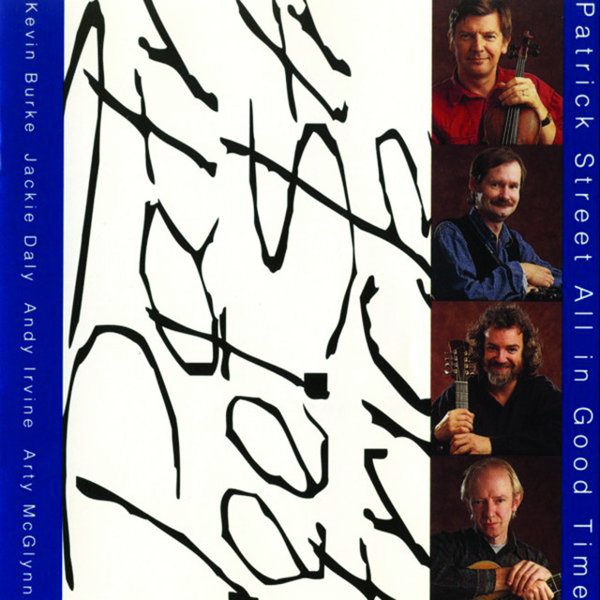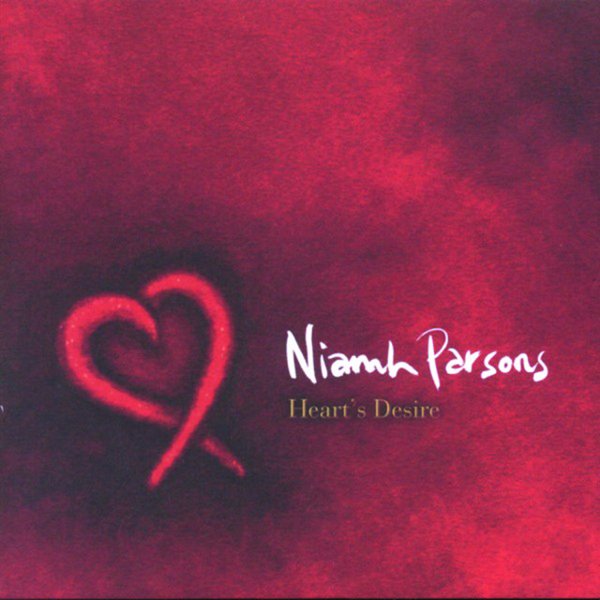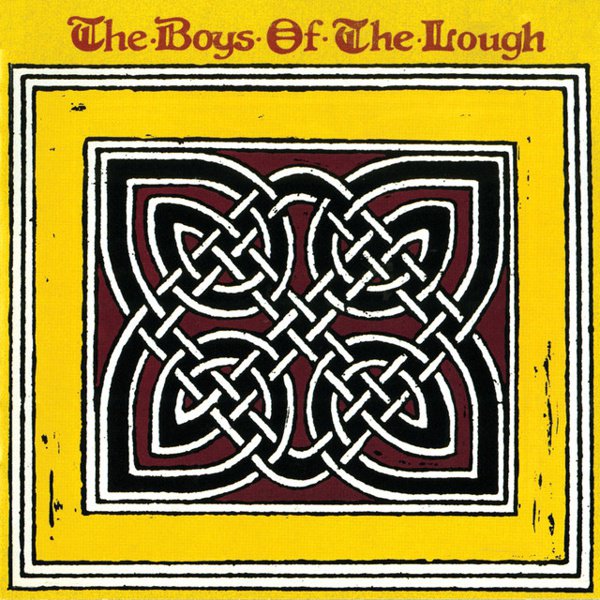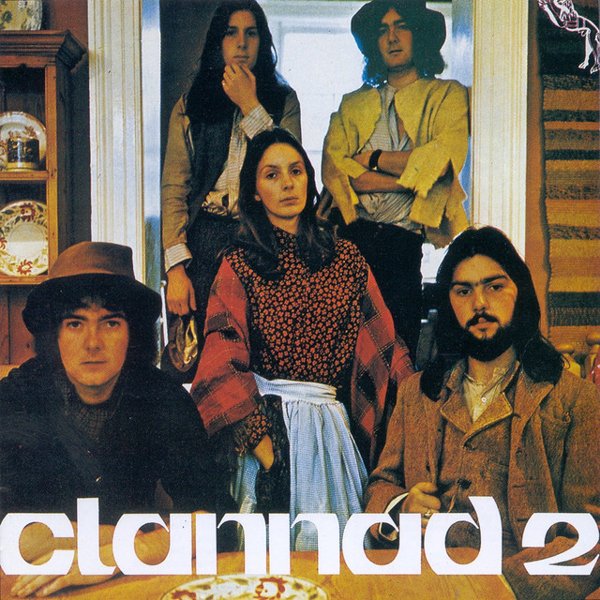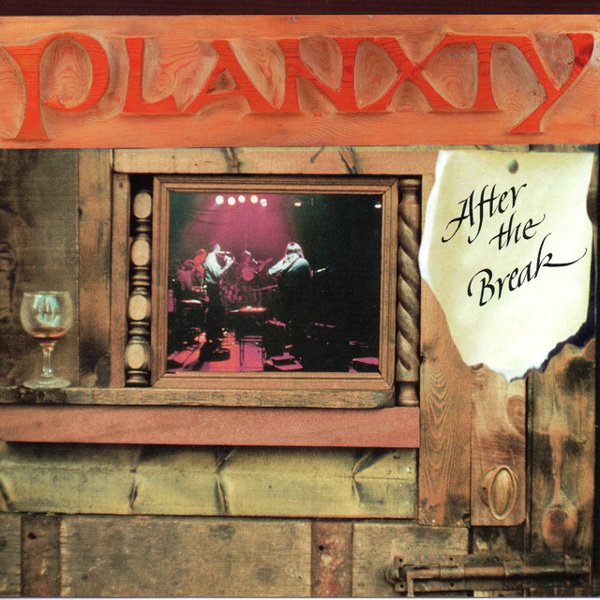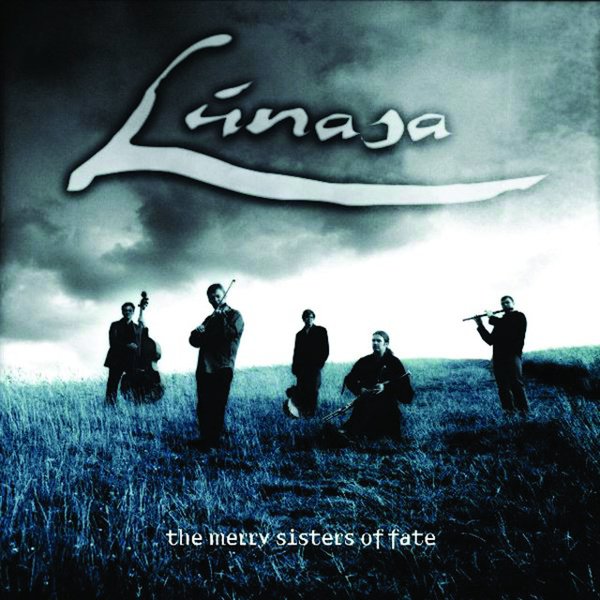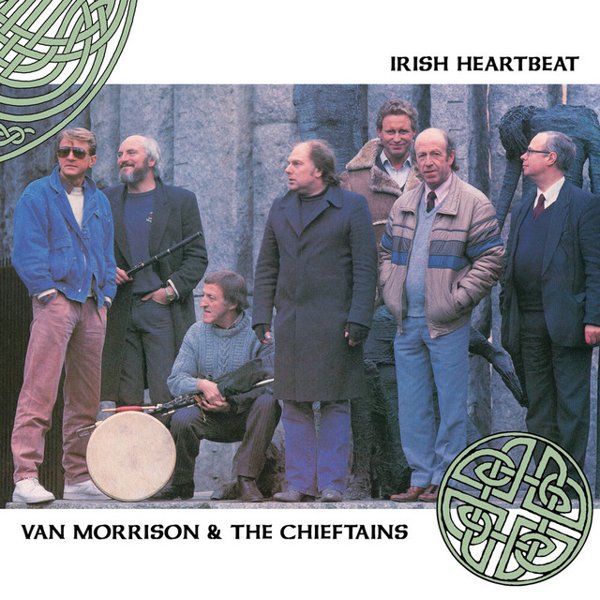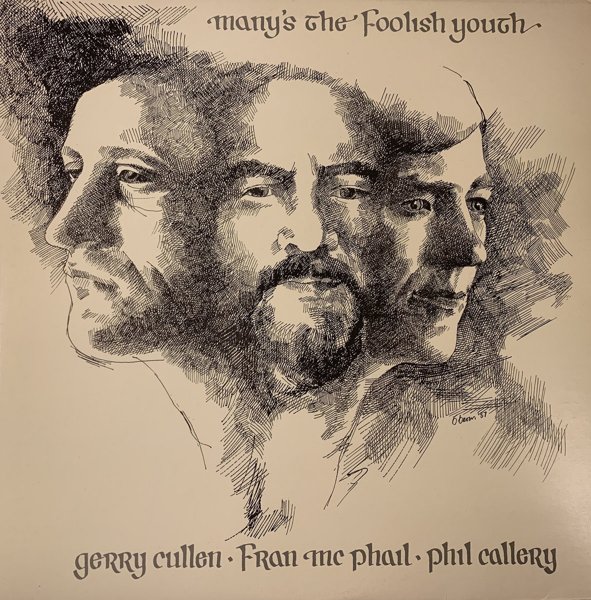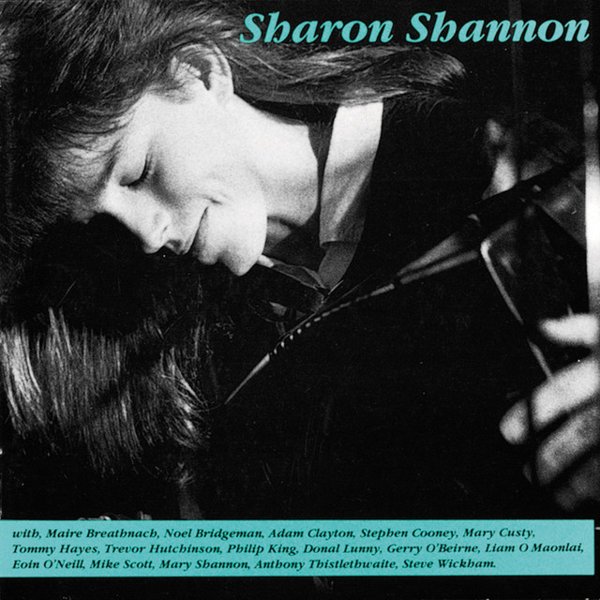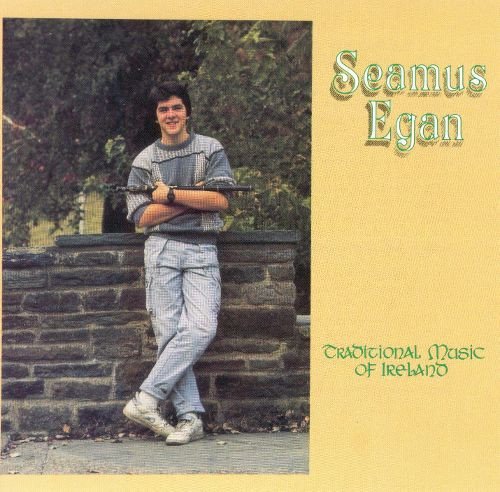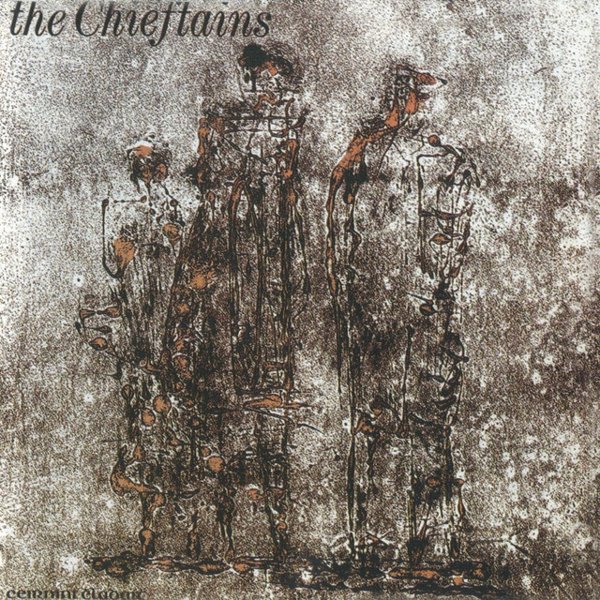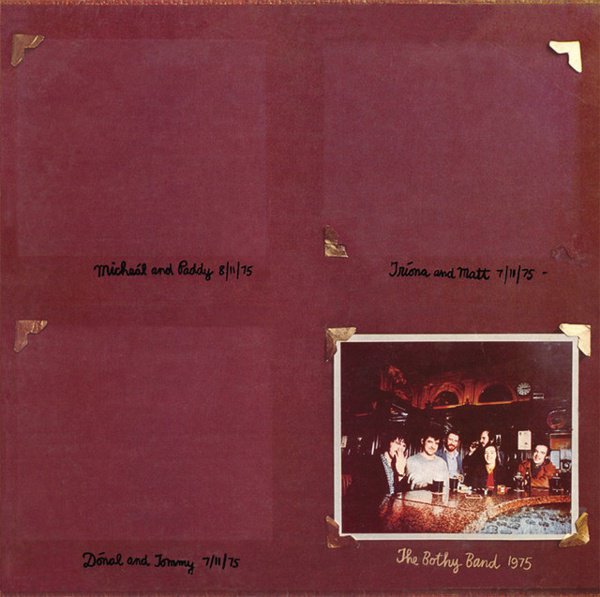Ireland’s folk music has inspired fascination around the world for over 200 years – in the 18th century it influenced classical composers in Europe and the British Isles, and its traces can be heard in both English and American folk music and folk rock to this day, and even in country and gospel music. Although it has achieved significant popularity as concert music, traditional Irish music is most often played by informal gatherings of friends in pubs or living rooms or to accompany dancers; traditional singing, too, is usually social and informal. When musicians gather in a “session” to play tunes, they’re usually played in unison by multiple instruments at once, and listeners’ interest is maintained not by improvising or elaborating on the tunes, but by stringing multiple tunes together in sets. Irish music has particular melodic and modal peculiarities that musicologists can describe, but even those who know little of music theory or history can usually identify a traditional Irish tune very quickly just by its melodic and rhythmic pattern. The traditional music of Ireland remains one of the most internationally popular folk music genres in the world.
